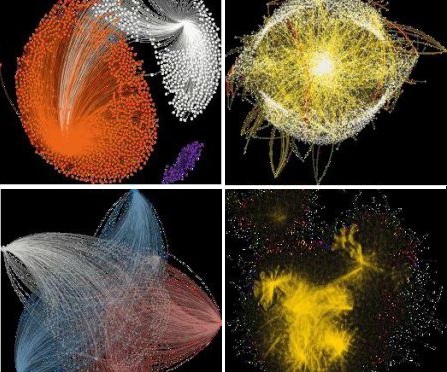What is Yom Kippur?The holiest day of the year. Fasting and atonement, solemnity and joy…
|
||

Yom Kippur is the holiest day of the year–the day on which we are closest to G‑d and to the quintessence of our own souls. It is the Day of Atonement–“For on this day He will forgive you, to purifyyou, that you be cleansed from all your sins before G‑d” (Leviticus 16:30). For nearly twenty-six hours–from several minutes before sunset on Tishrei 9 to after nightfall on Tishrei 10–we “afflict our souls”: we abstain from food and drink, do not wash or anoint our bodies, do not wear leather footwear, and abstain from marital relations. Before Yom Kippur we perform the Kaparot atonement service; we request and receive honey cake, in acknowledgement that we are allrecipients in G-d’s world and in prayerful hope for a sweet and abundant year; eat a festive meal; immerse in a mikvah; and give extra charity. Late afternoon we eat the pre-fast meal, following which we bless our children, light a memorial candle as well as the holiday candles, and go to thesynagogue for Kol Nidrei services. In the course of Yom Kippur we hold five prayer services: Maariv, with its solemn Kol Nidrei service, on the eve of Yom Kippur; Shacharit–the morning prayer, which includes the reading from Leviticus followed by theyizkor memorial service; Musaf, which includes a detailed account of the Yom Kippur Temple service; Minchah, which includes the reading of theBook of Jonah; and Neilah, the “closing of the gates” service at sunset. We say the Al Chet confession of sins eight times in the course of Yom Kippur, and recite Psalms every available moment. The day is the most solemn of the year, yet an undertone of joy suffuses it: a joy that revels in the spirituality of the day and expresses the confidence that G-d will accept our repentance, forgive our sins, and seal our verdictfor a year of life, health and happiness. The closing Neilah service climaxes in the resounding cries of “Hear O Israel… G-d is one.” Then joy erupts in song and dance (a Chabad custom is to sing the lively “Napoleon’s March“), followed by a single blast of the shofar, followed by the proclamation, “Next year in Jerusalem.” We then partake of a festive after-fast meal, making the evening after Yom Kippur a Yom Tov (festival) in its own right.
|
